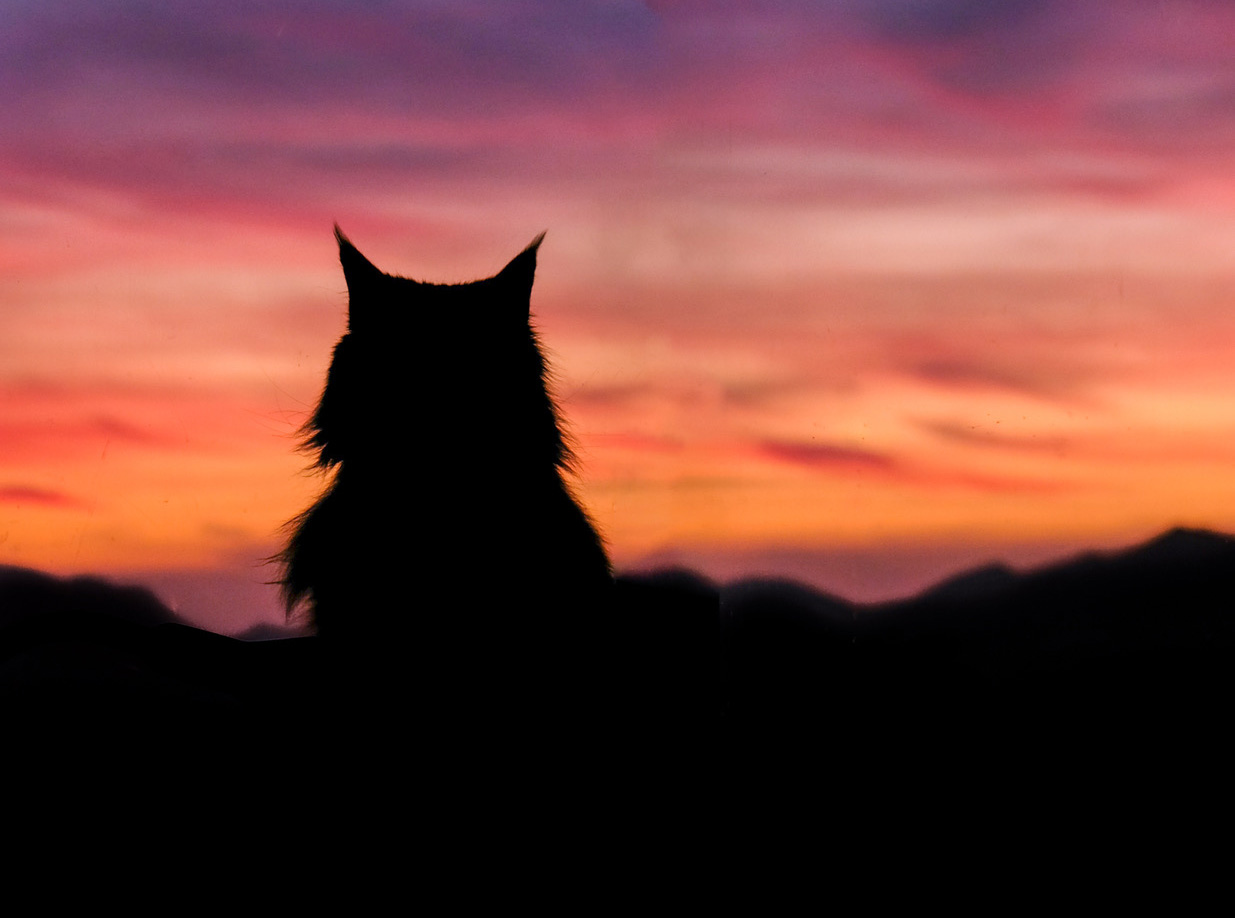The democratisation of photography
For most of the life of photography, it was a mystic alchemic art involving chemicals and rituals in darkened rooms. The practitioners were a secret cult who had great knowledge of how images could be captured and turned into prints or slide shows. The cult was made up of professionals and enthusiasts, who spent hours making images, then more hours practising at the altar of the enlarger.

The world’s first digital camera, created in 1975 by Steven Sasson, a Kodak engineer. With a resolution of 0.01 megapixels. It weighed four kilograms and took 23 seconds to capture one black-and-white image and store it on a magnetic tape cassette.
After many years the first digital camera arrived, and not that long after, Apple produced a commercially available camera of which I have fond memories of making panoramas.
With the advent of the digital world, new industries opened with storage media, computers, digital labs, and scanning for film.
Film, via high-resolution scanners, held its own for some time, I remember Kodak Ektar 35mm film and movie film being demonstrated at the British film institute, and then Kodak made a 48 sheet poster from a single 35mm frame to demonstrate the quality and displayed on the streets of New York.
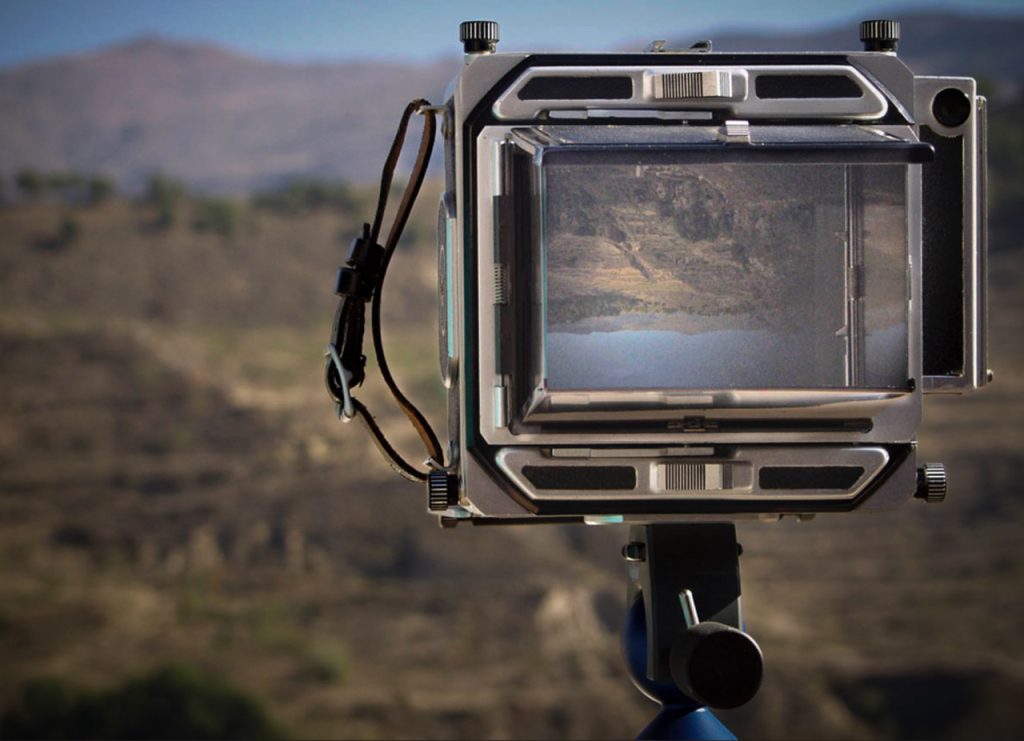
The 5×4 camera is an MPP made in the UK many years ago and, for me, stood out amongst Sinars, Toyos, Wistas and Linhofs. I was still shooting landscapes and portraits with it until 2007, mainly on Polaroid Type 55.
But this new world was still niche with the need for computer skills replacing darkroom skills and hours of devotion at the enlarger alter exchanged for hours in front of a monitor.
There was also a new world of Photoshop and associated software to embrace.
One problem for the majority of people is that they would take their holiday photographs, hand the film into a chemist shop or laboratory and excitedly collect the treasured memories week later. In the digital age, the photographer is the person who snaps the photo but also the laboratory technician. Also, prints and slides have been swapped for Instagram, Facebook etc.
So we have multi-megapixel high-quality camera with incredible glass to make images viewed on a tiny screen.
Also, each increase in MP brings an increased need for storage.
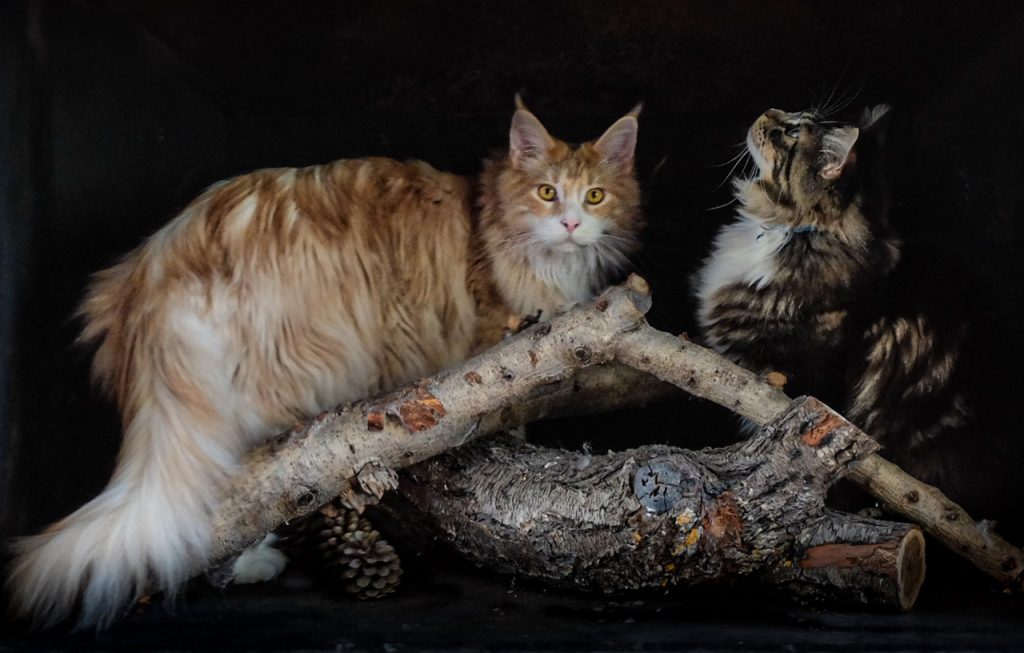
The two cats are in a chimney chasing there the sound of birds.
Now we have the age of the mobile, a democratic age in which anyone can make great photos, if they can compose, then the mobile manufacturer takes care of the rest. Are mobiles as good as cameras? Well, for social networks, even most mobiles are overkill.
Predictions abound that mobiles will kill off cameras. Well, the way film did not die, neither will cameras, because for some people the tactility and experience of using a camera are more important than looking like an extra in an army of people saluting with their mobiles held high to record an event instead of watching it or to take a selfie.
Am I anti mobile, definitely not, to use an often quoted phrase, the best camera you have is the one you have with you, or in the case of a mobile in your pocket or bag.

The cat in the sky is one shot of Moony through a window with the sky reflected on the glass.
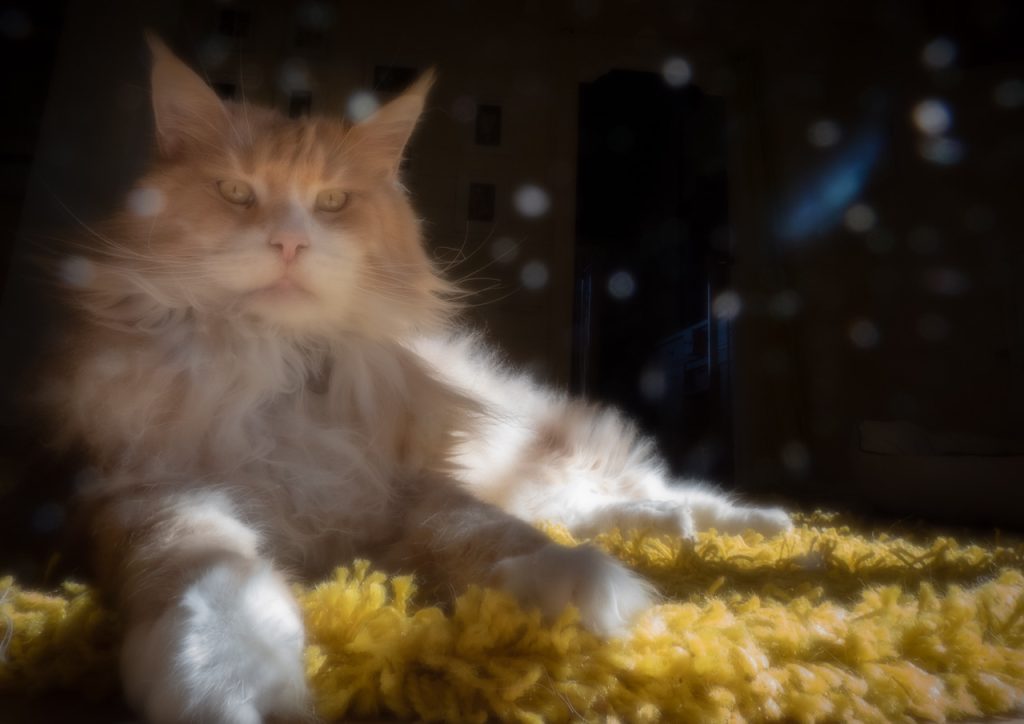
Moony is sitting in a washing basket.
What’s next? Well, I guess some form of glasses (Google glass remembered) or retina control of a recording device. Or as I have read, you speak the description of the image you want to make into a computer and AI invents it.
In the random thoughts I wondered how I could choose images to accompany this rambling without going over the top. So many people have pets and photograph them so these are my two, which sadly are now one.
Images were taken on Fuji X-E2, X-T2, one on Panasonic, iPhone 4s, SE,12 and 14.
I recently took some snaps on the 14 and a very high MP camera to compare – no caparison, but one fits in my pocket, is fast to use and will produce A2 prints. The other requires a donkey to carry it and is as slow as one but will produce 48 sheet images.
Now, where did I put my quill and parchment?
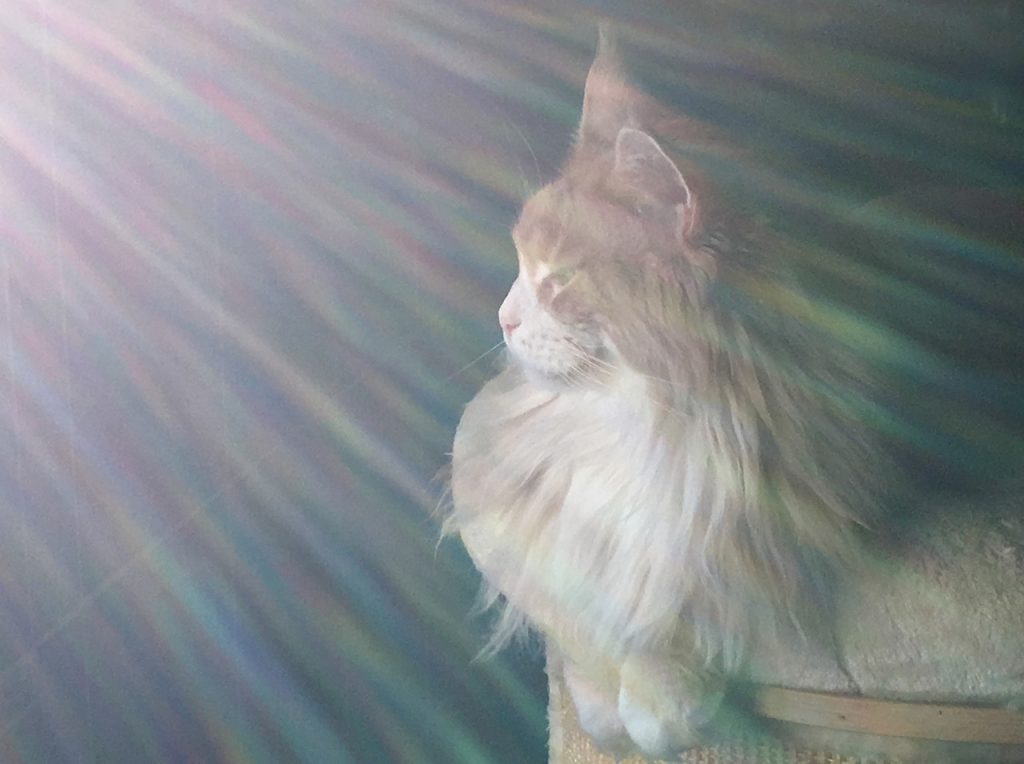
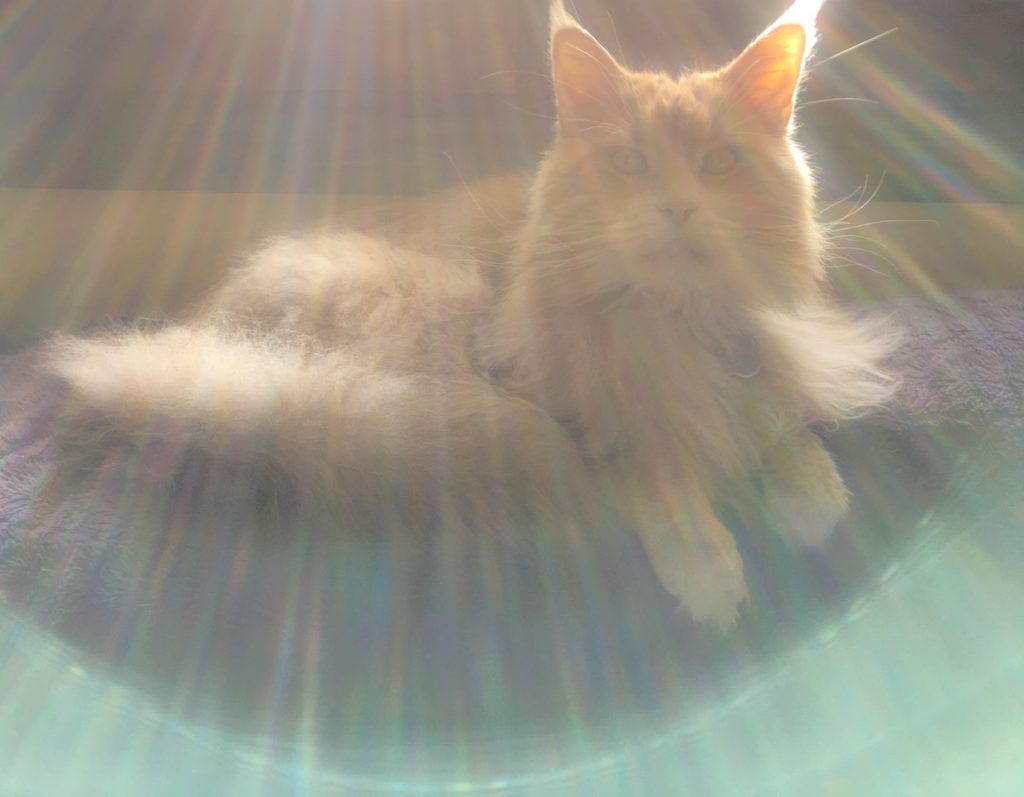
The rainbow effect in 2 images is a flaw in iPhone SE and 4s camera when you get the sun at a certain angle.
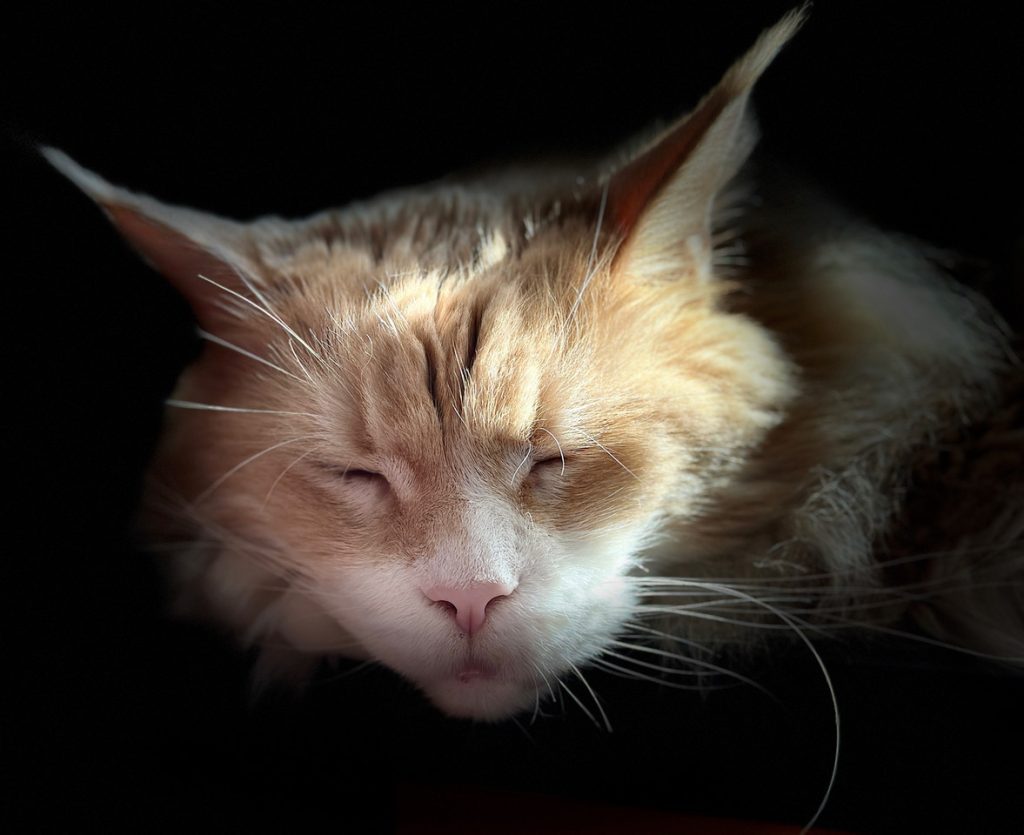
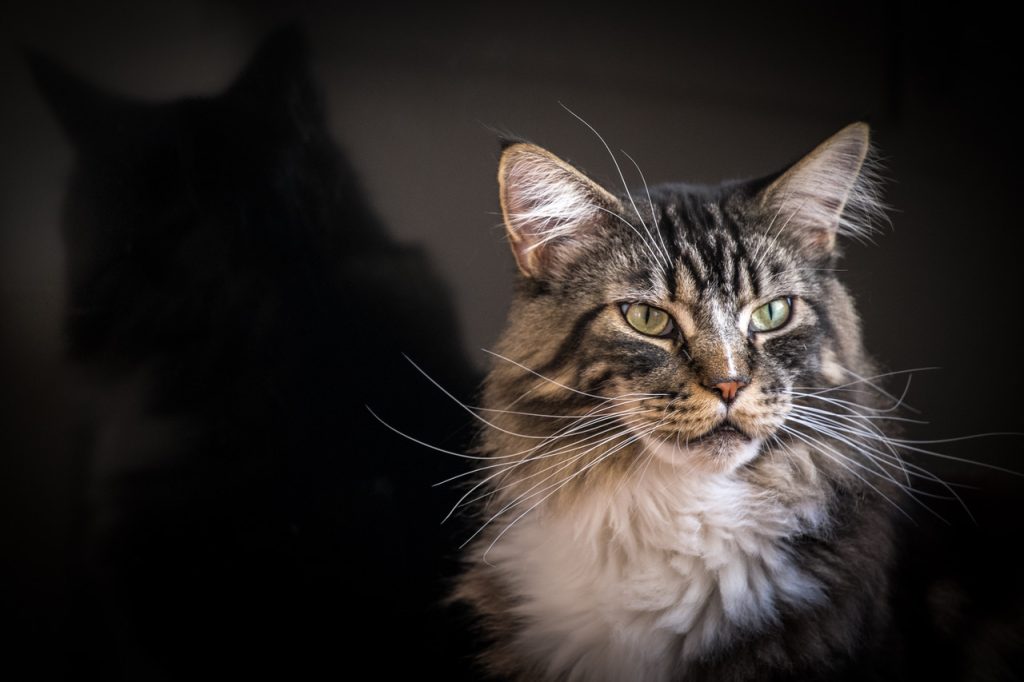
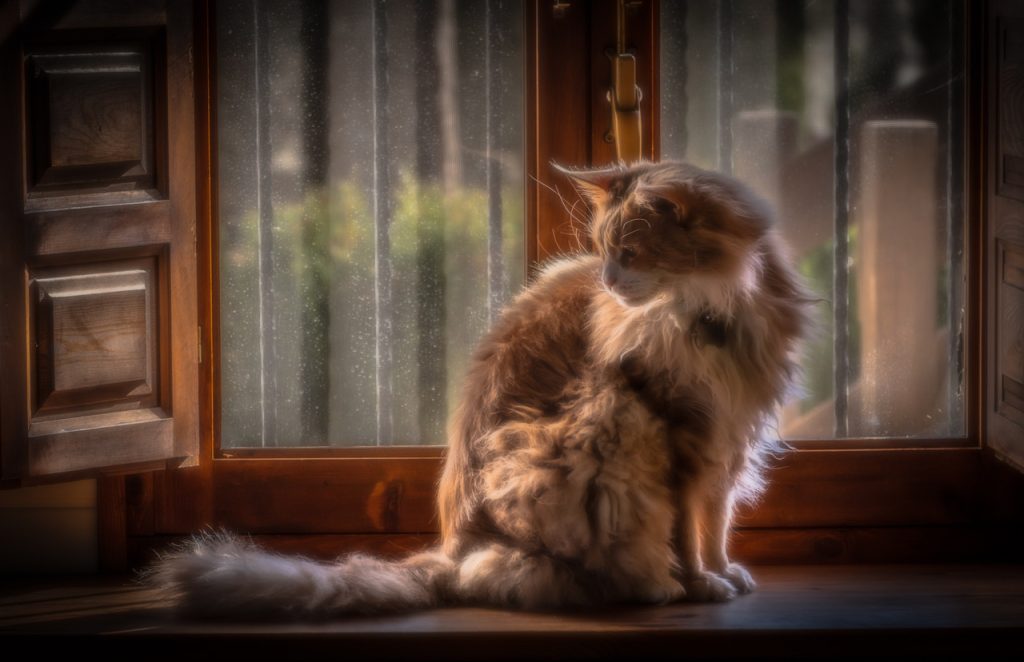
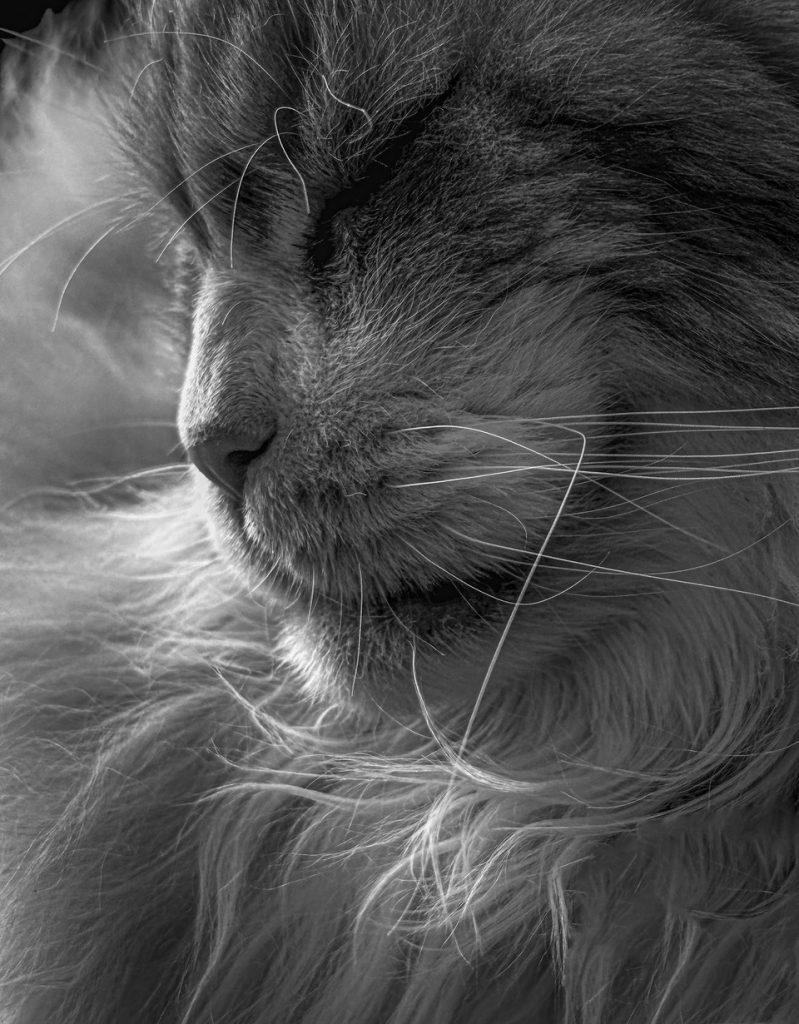
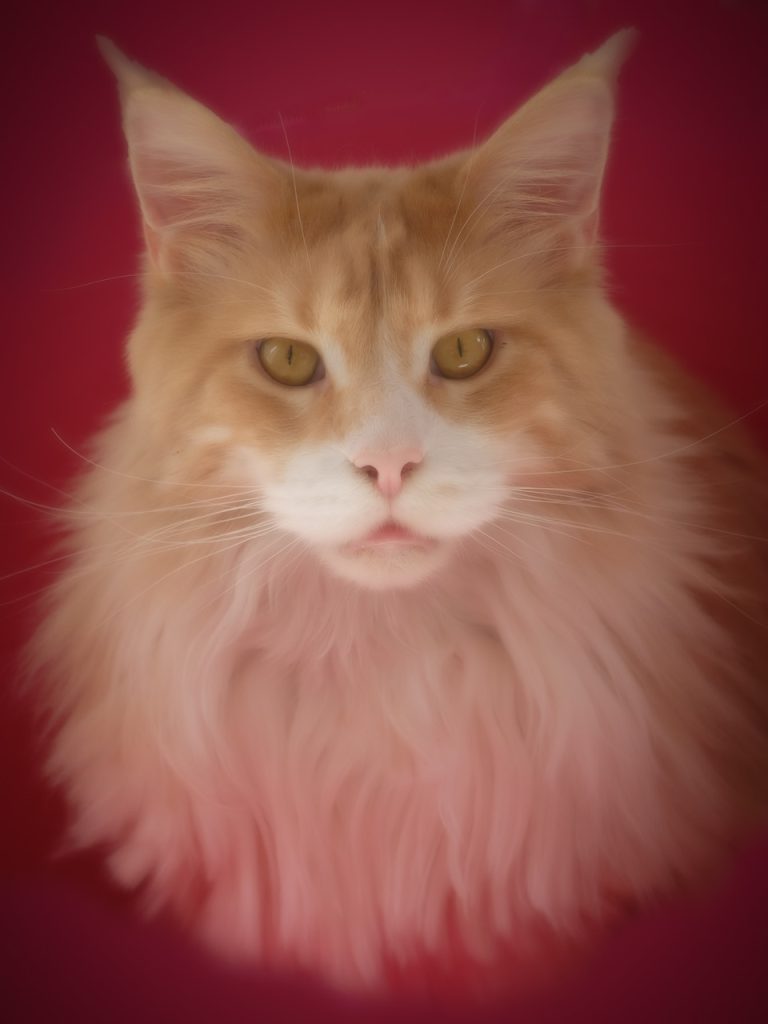
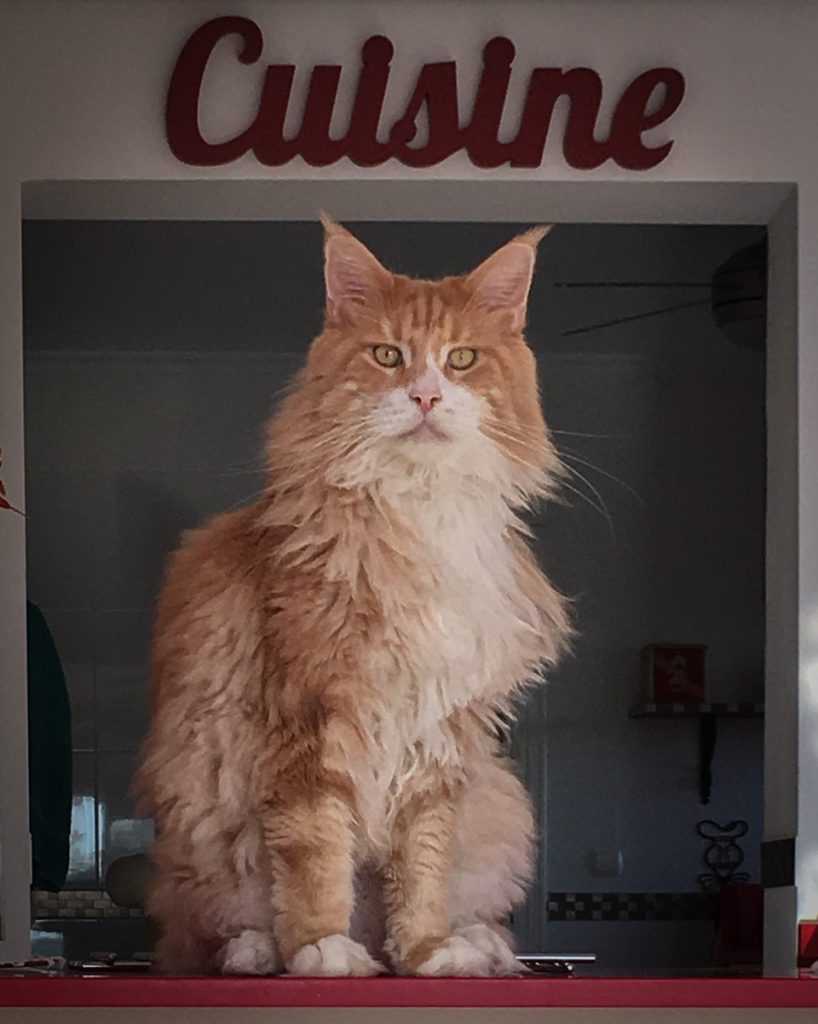

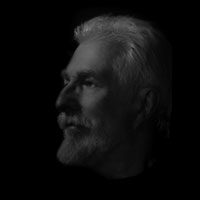
“I was born in the UK and worked as a graphic designer and photographer for most of my life and I feel privileged to have been doing what I love throughout my life and been paid for the pleasure.
I started to take photographs with a Box Brownie at the age of 7 or 8 years old, but the big revelation came when I was 10 and I watched my cousin develop a black and white print using a home made enlarger, ‘that was it, I was hooked’.
The next momentous photographic event came on top of a mountain in Switzerland at the age of 13 when I suddenly thought how do I capture the whole scene. ‘I suddenly knew!’ if I took a series of photographs with my Kodak 127 then join the prints later that should work. It did! 50 years later I am still making panoramic photographs but now digitally though I do occasionally miss the Xpan panoramic camera which stands out among the mass of 5 x 4, roll film, 35mm cameras I have used over the years.
I have shot fashion, cars, musicians, products, hung out of helicopters, photographed air to air and covered the Silver jubilee of the British Queen, but I now work solely on my personal projects.”

